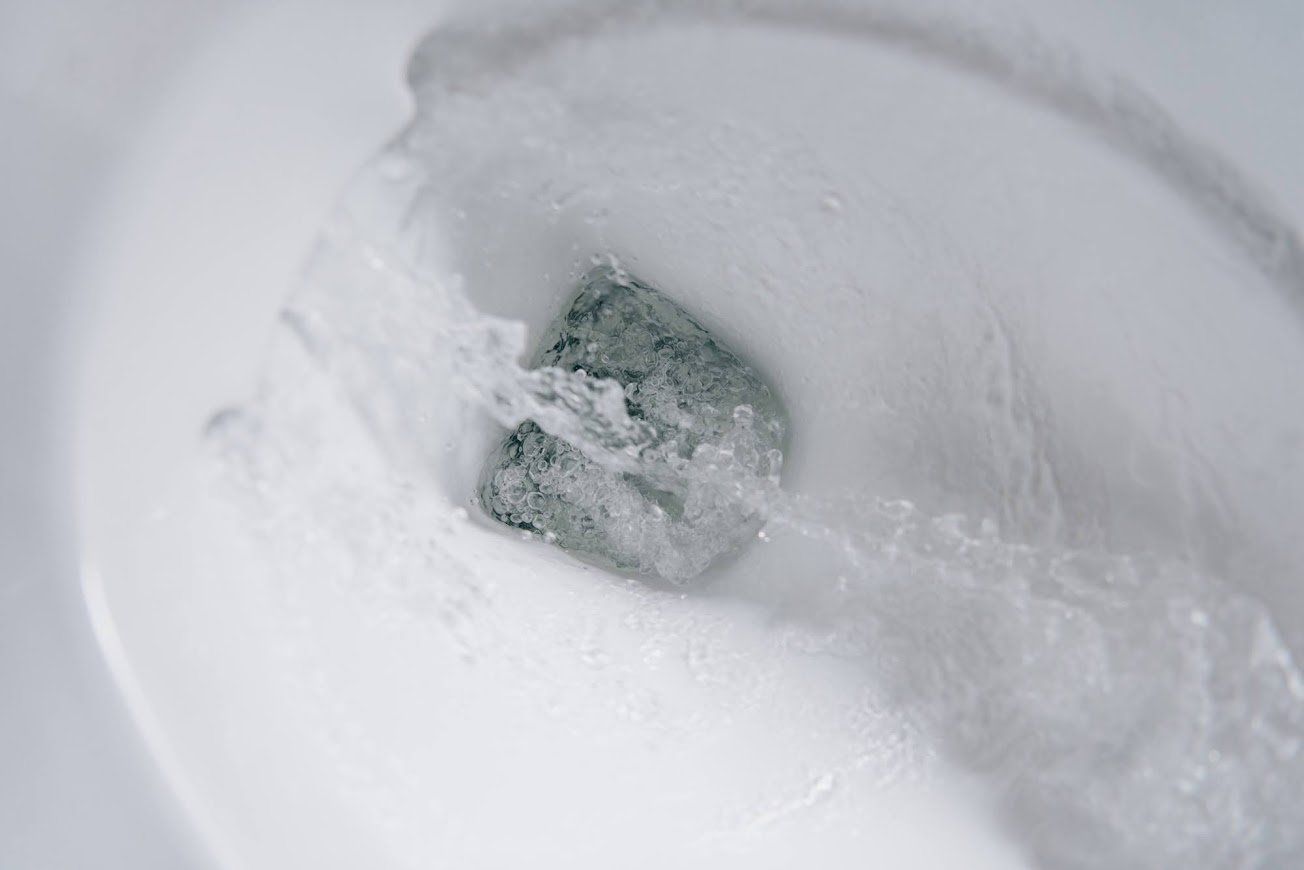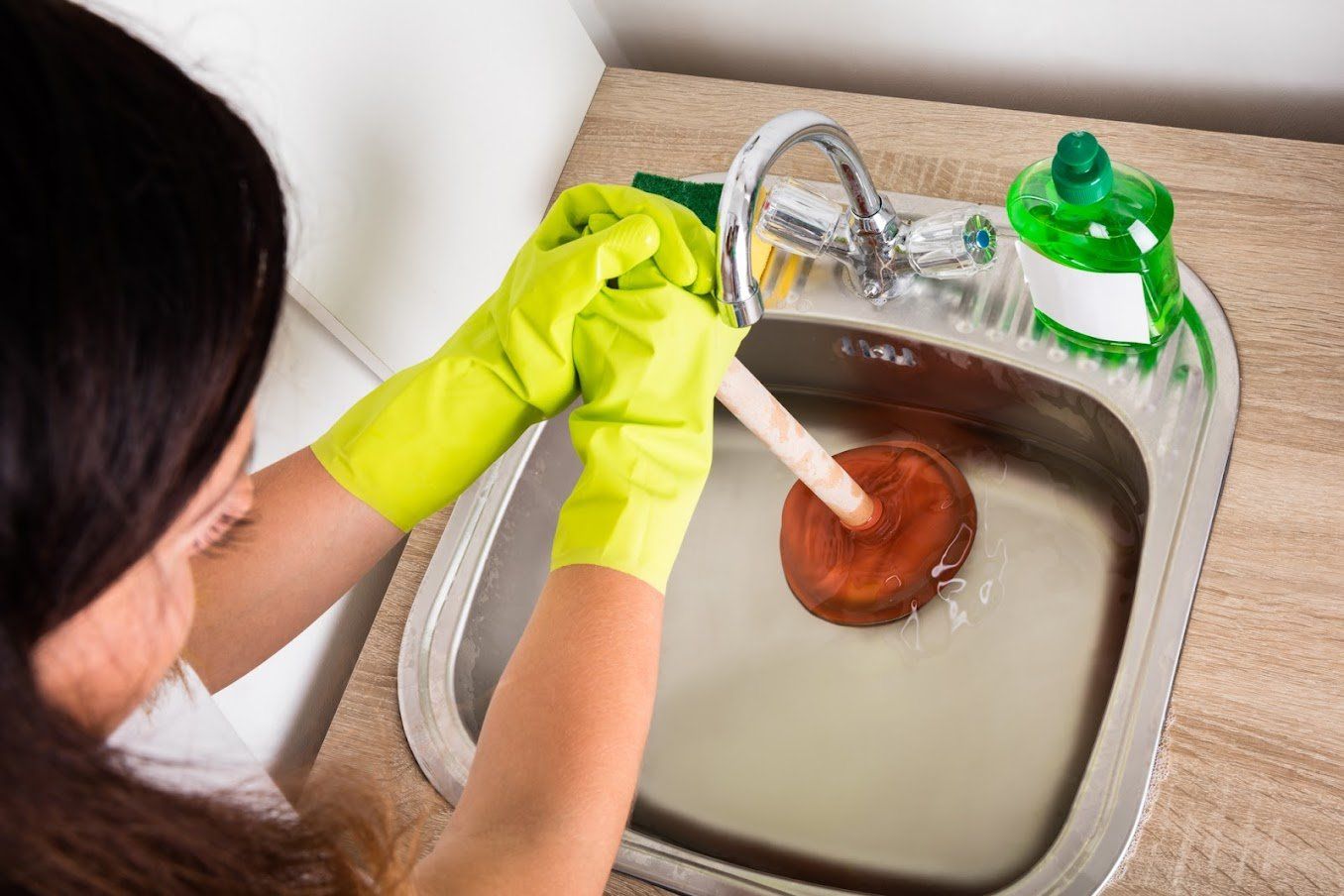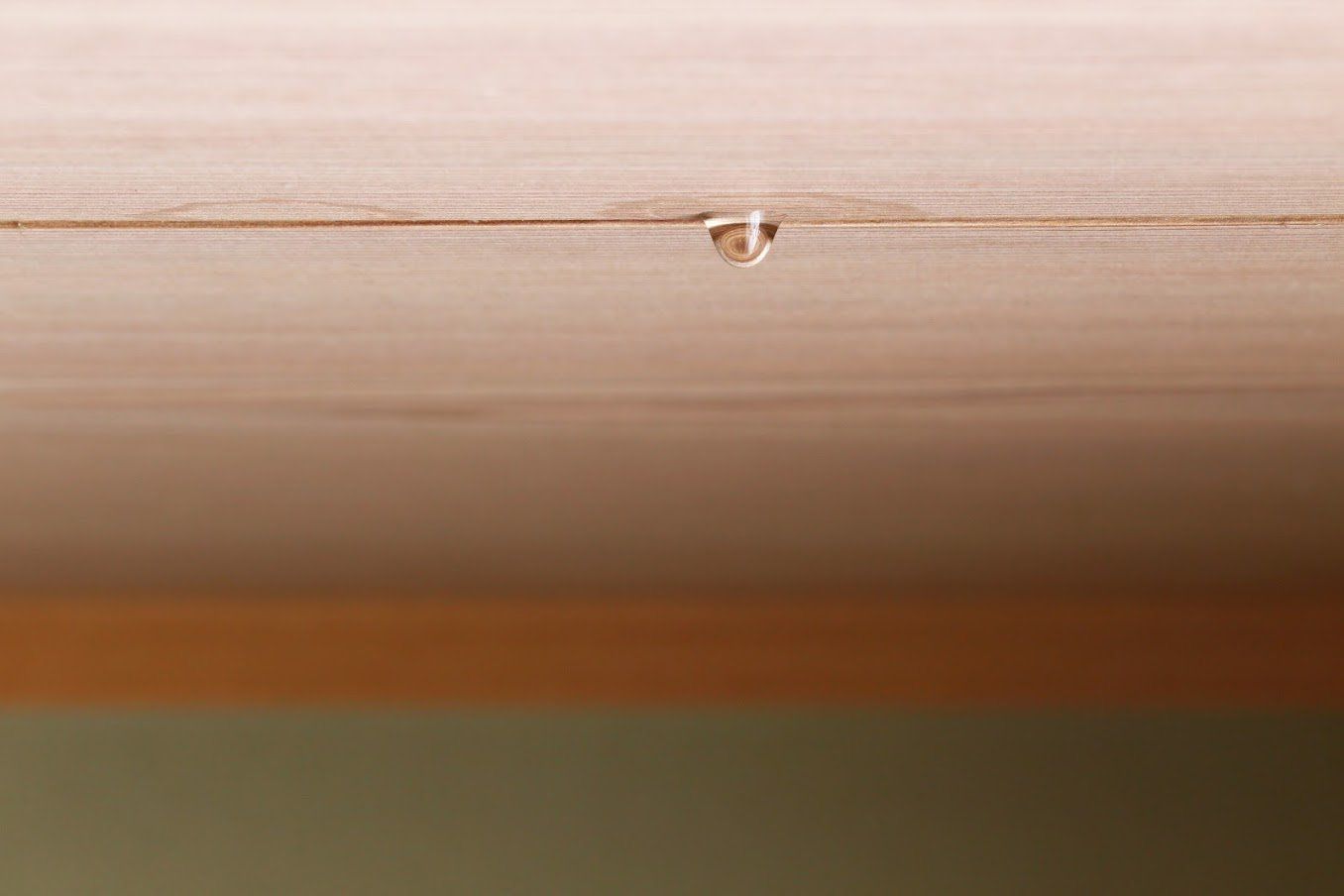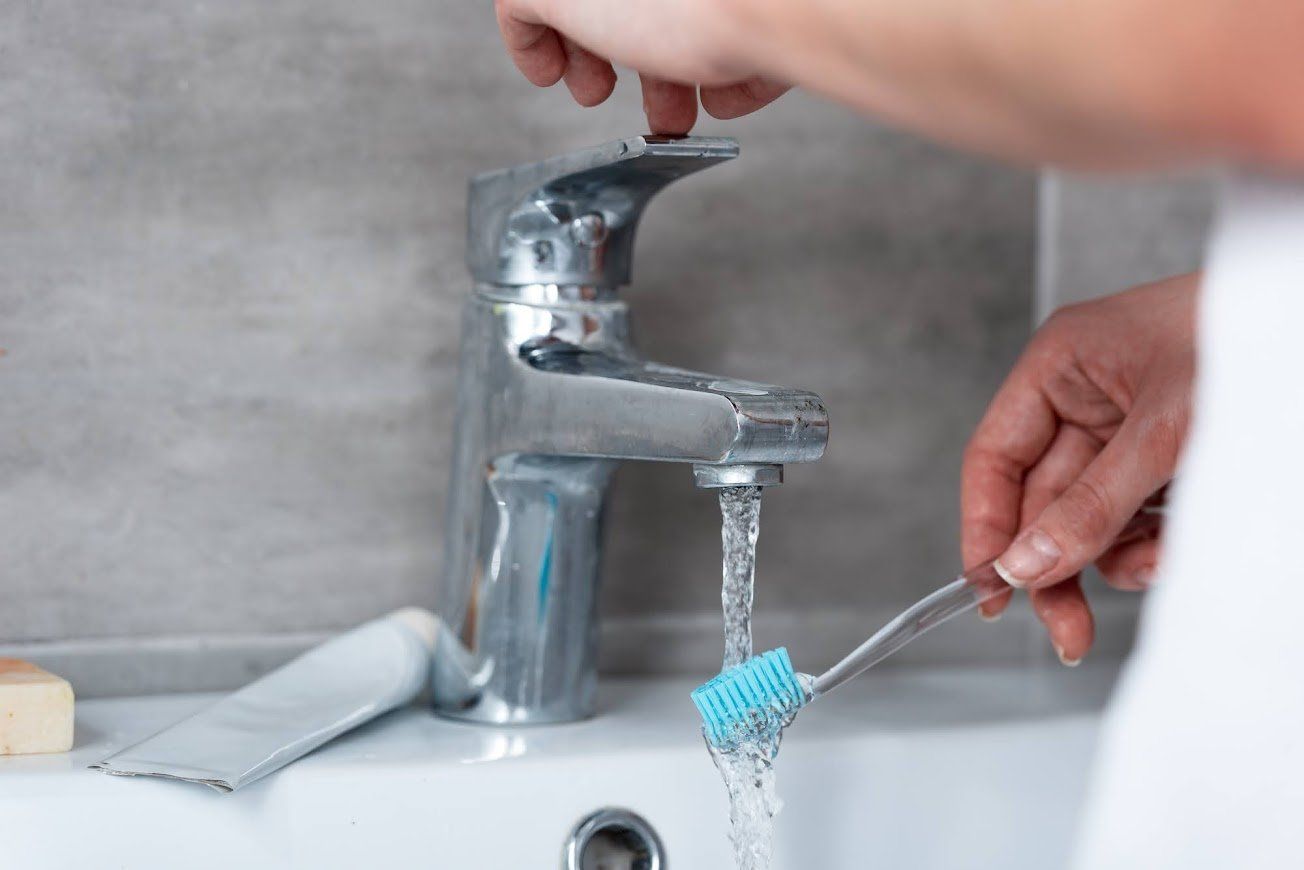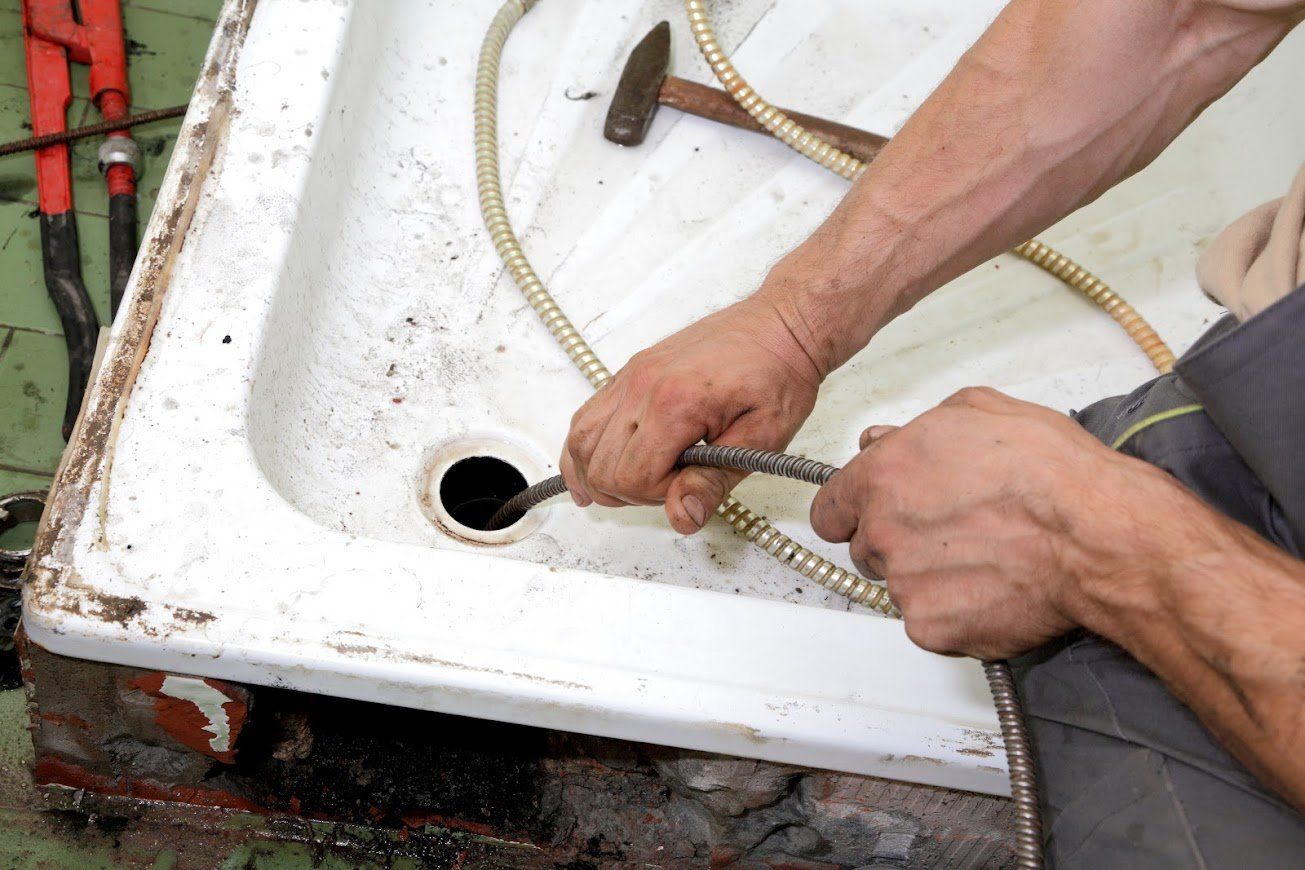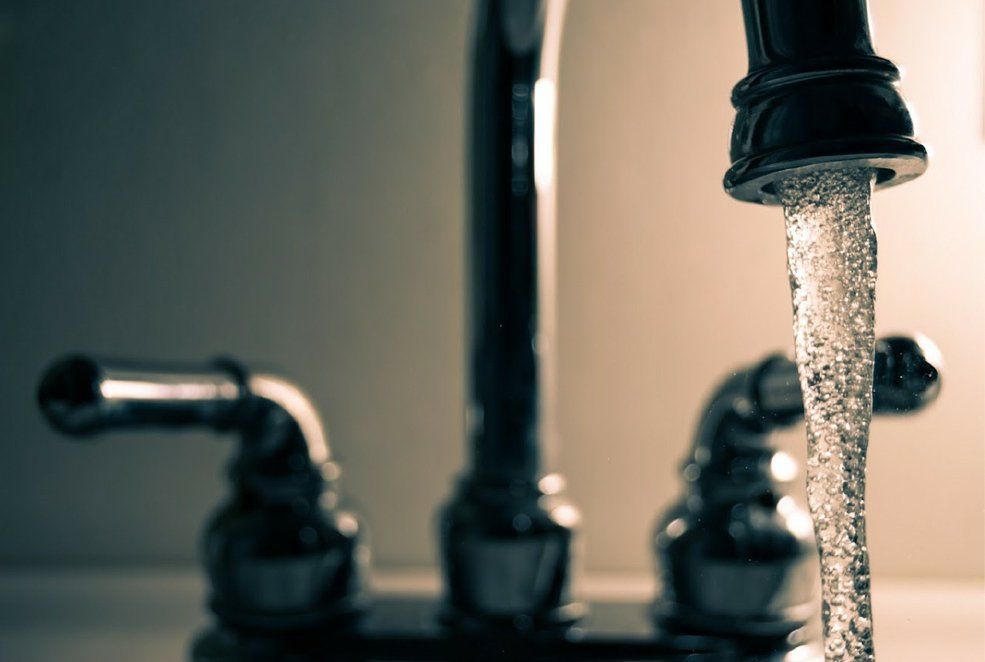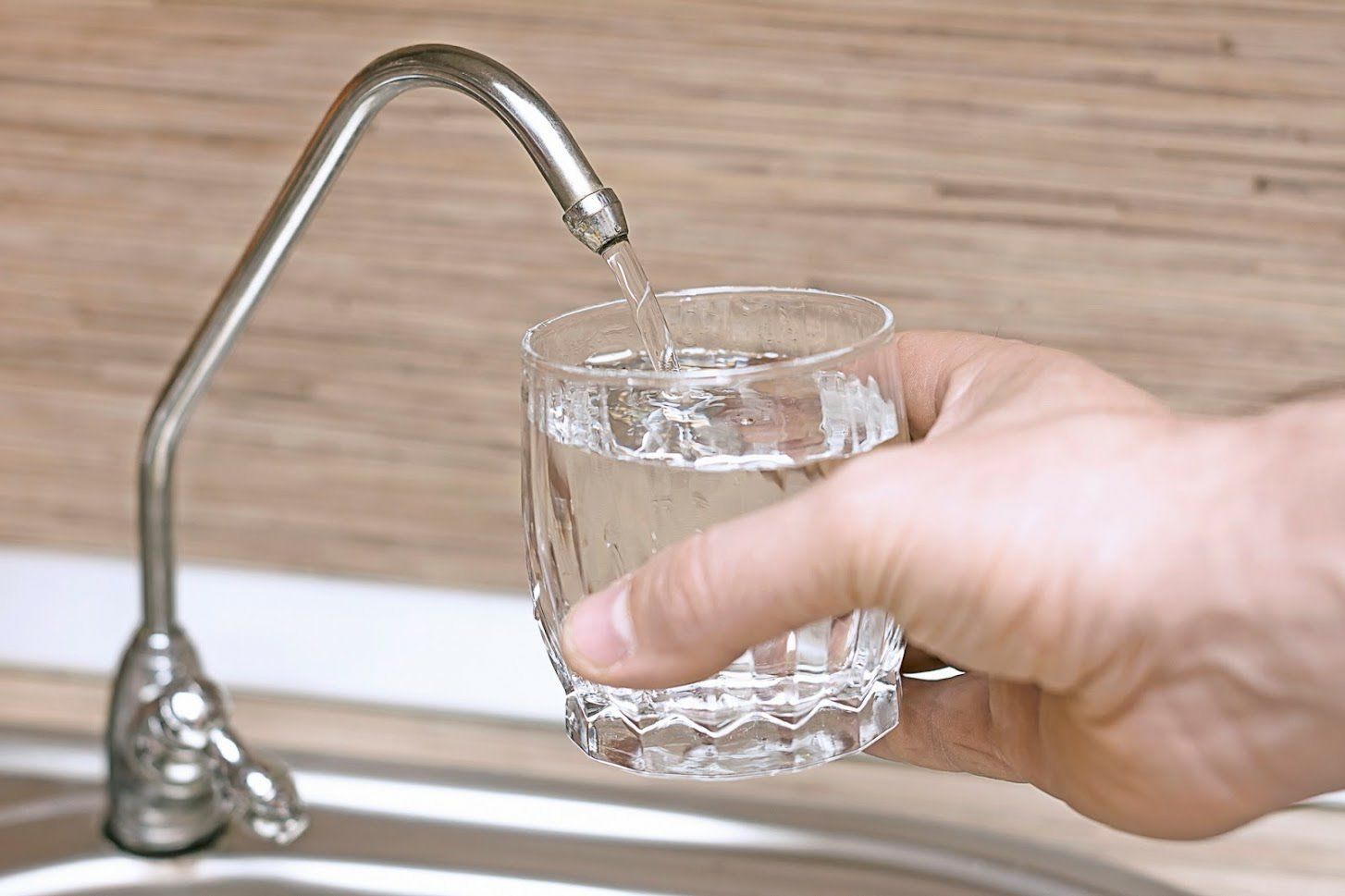What to Do If Your Water Stops Running
Admin • August 28, 2020
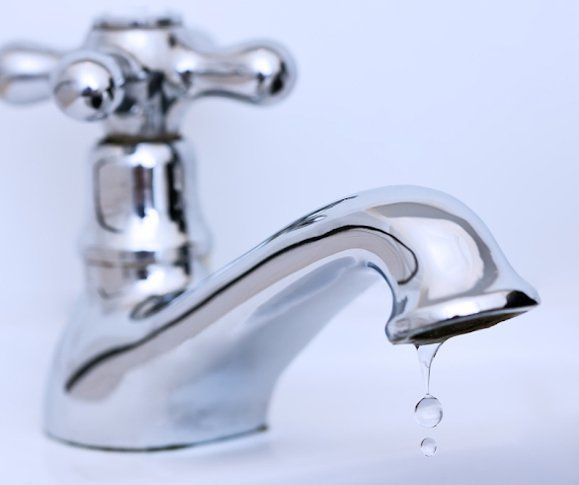
If your water suddenly stops working while you’re using a faucet, it's easy to assume that there is a serious problem with your plumbing. However, if you know the steps to take when faced with this problem, you can often get your water running again more quickly than you would expect. Here is a guide to what you should do if your water stops running.
Narrow Down the Problem
The first question you need to answer is whether you are truly getting no water at all at the faucet where you first noticed the problem. Test both your hot and cold water, as a lack of hot water only could point to a water heater problem. Problems such as an extinguished pilot light, malfunctioning heating element, or power interruption to your heater could all prevent you from getting hot water.
The next thing to determine is whether the water problem exists throughout your entire house or only at the one faucet. Be sure to test whether other faucets in your home are working so that you know if the issue is pervasive If only one faucet is not working, it may be due to a clog or leak in that faucet's water supply lines or a worn tap washer.
Check for Supply Issues
Once you've determined that your entire house is without water, you should then try to rule out problems with your water supplier. There may be an interruption from the municipal supply, or your supplier may be repairing a problem that affects the lines to your home.
It's always a good idea to contact your water supplier when you're having water issues, as they will have the most information about the issue. However, you may be able to get a quicker answer for your lack of water by talking to your neighbors. Any supply problems that have cut off water to your home will likely affect neighbors on the same supply branch, so it's a good way to tell if the problem is with your home or with the supply.
Check Your Main Shutoff Valve
If your home is without water, your water main shutoff valve is where you should begin troubleshooting. If you have never located your shutoff valve, you will likely find it near the perimeter of your home in the basement or crawlspace. The property inspection report completed when you purchased your home should list the location as well. You can also look for a street-side shutoff valve if you are unable to locate one within your home.
Your main shutoff valve will have a knife-style or round valve handle. A knife-style handle must be turned parallel with the water main to be fully open, while a round handle should be turned as far as possible counter-clockwise. If your valve is not completely open, fluctuations in municipal water pressure can cut off the flow of water to your home completely.
Schedule a Professional Inspection
Blockages and leaks that occur further down in your plumbing than you can access can lead to water interruptions. A leak can reduce water pressure below the effective level, while a blockage in a water supply line can cut off water and lead to costly leaks as the pipe fails.
Contact a plumber once you have exhausted these troubleshooting options if your water still isn't running. A plumber can provide a full inspection of your system and identify problems that could be interrupting your water that would otherwise go undetected.
If you are having problems with your home's water supply or are experiencing any other plumbing problems, contact us at Art Douglas Plumbing Inc.
so our experienced plumbers can help you!


